Concepts of Harmony: Understanding Consonance and Dissonance
This is a vast topic, and we may not be able to convincingly deal with this subject in one article and would like to split it into two – Concepts and Application.
Harmony is the foundation of polyphonic western classical music, and it is built on consonance and dissonance. Two or more notes (pitches) played / sung together are said to be Consonant when it does not sound displeasing / harsh / jarring to the human ear while Dissonance is the exact opposite. Then the logical next question would be – why few pitches are consonant to each other while some are not?
To understand consonance / dissonance better, we must first understand the musical scale and octave. Octave is a set of 12 distinguishable pitches (by the human ear) arranged in a series between 2 pitches that are in the ratio of 1:2. The first pitch in an octave, fundamental to that scale is called the tonic (in western classical music, the pitches are fixed with A4 at 440 Hz. And the rest derived from it).
These 12 pitches are a series of frequencies that are in a geometric progression with a common ratio of 21/12 ~ 20.0833 ~ 1.059. Every pitch in an octave is double the frequency of the corresponding pitch of the immediate lower octave and half of that of the immediate higher octave. If you arrange the series of 12 pitches in an octave, they will be in the ratios [20, 21/12, 22/12 ……. 212/12] (or) [1, 1.059, 1.122, 1.189 ….. 2] and the nearest rational numbers are [1, 17/16, 9/8, 19/16, 5/4, 21/16, 23/16, 3/2, 25/16, 27/16, 29/16, 31/16, 2]. Small and simpler ratios are historically believed to give a consonant effect on the ears (of course, there are few exceptions to this). The feeling of consonance is also affected by the music we keep listening / learning over a period.
Any instrument / voice will produce multiple frequencies instead of one and these follow the harmonic series of that fundamental pitch. The brain (& inner ear) is believed to process the pitches and their overtones (or harmonics) so that more consonance is felt when there is lesser aural interference. Alternatively, two pitches will sound more consonant when their harmonics align.
If we take an octave starting with C as the tonic, the pitches that are consonant with it are [Eb, E, G, Ab, A, C] and [Db, D, F, F#, Bb, B] are dissonant. In other words, the intervals 3rds, 5th, 6ths, and unison/octaves are consonant while 2nds, 4ths and 7ths are dissonant.
Now, we extend the same concept to triads/chords etc. and see how the consonance is affected. Let’s take an example of the C major triad (C-E-G), the 3 intervals here are C-E (major 3rd), E-G (minor 3rd) and C-G (perfect 5th), all of which are consonant. If we add a 4th note, Bb (it will make it a C7 / dominant seventh chord), we will have another 3 intervals added to C major, i.e., C-Bb (minor 7th – dissonant), E-Bb (Augmented 4th / tritone – dissonant), G-Bb (minor 3rd – consonant).
With two dissonant intervals introduced in the seventh chord, the major triad gets destabilized, and this carries forward the most important function of modulation in western classical music (however, jazz music treats dominant seventh chord as a stable one). Also, chord inversions (voicing) affect the consonance and dissonance. For example, a dissonant perfect 4th (C-F) when inverted becomes a consonant perfect 5th (F-C).
Harmony is the interplay of consonance and dissonance in accompanying a voice/instrument or interspersed within voices/ensemble. This constant interplay through a musical form and structure gives us a sense of movement, tension, resolution, and climax – essentially, this is the art of musical drama!
Ready to master Harmony and Composition?
Join Risoluto Academy of Music to deepen your understanding of Western Classical Harmony, Composition, and Music Theory with expert mentorship tailored to your growth.
Start your journey to becoming a confident and creative composer today.
